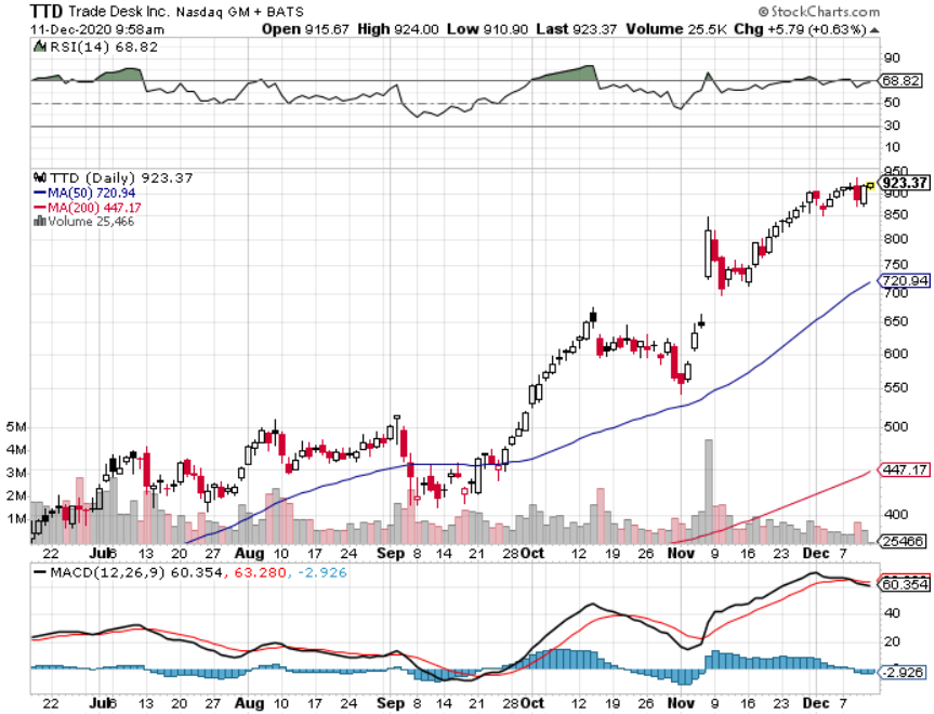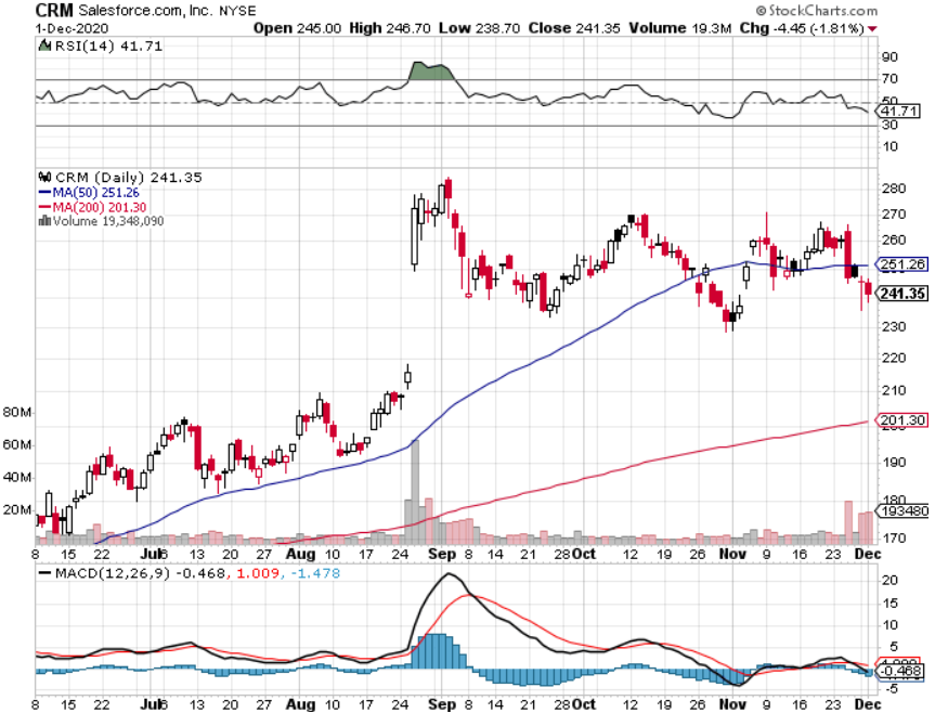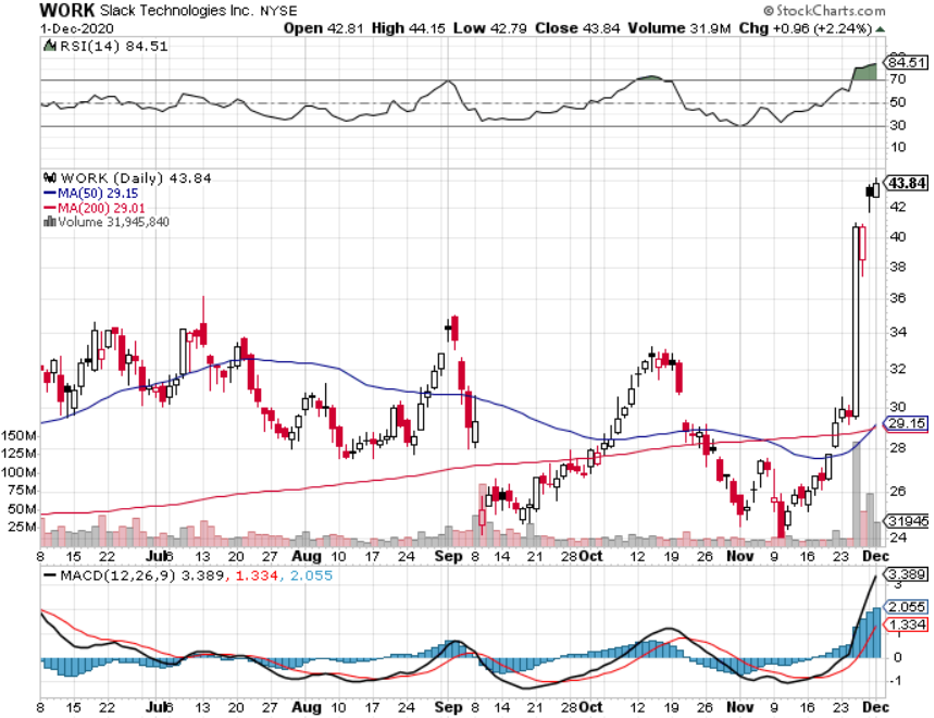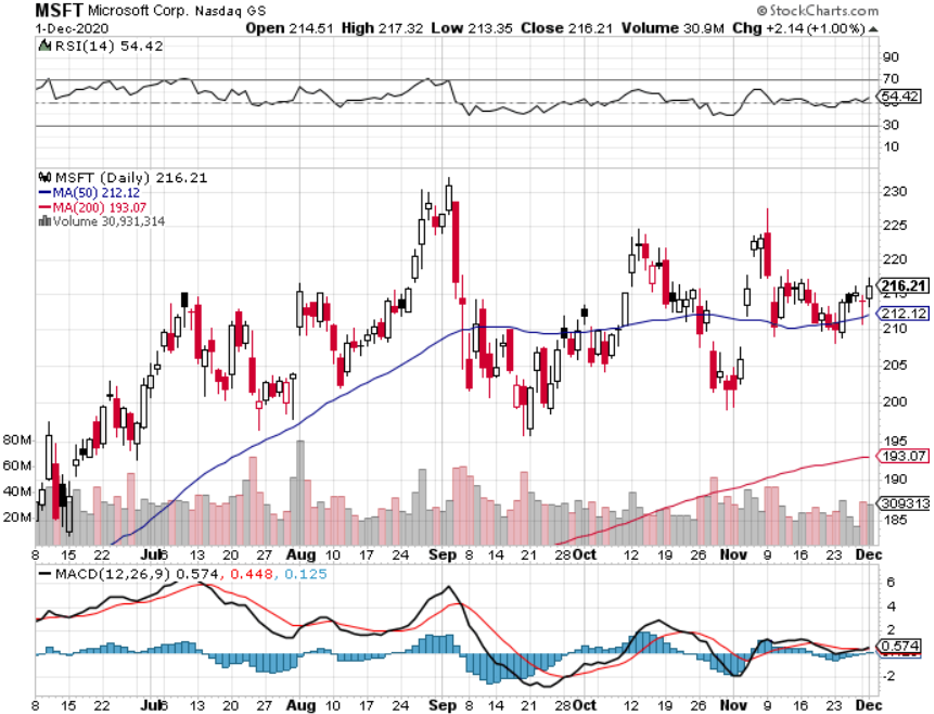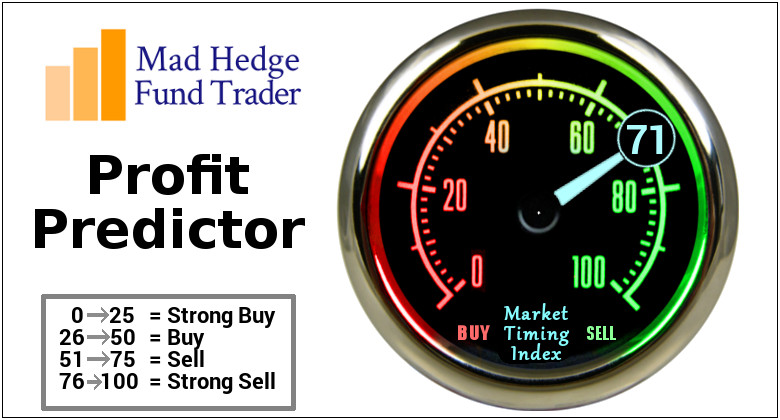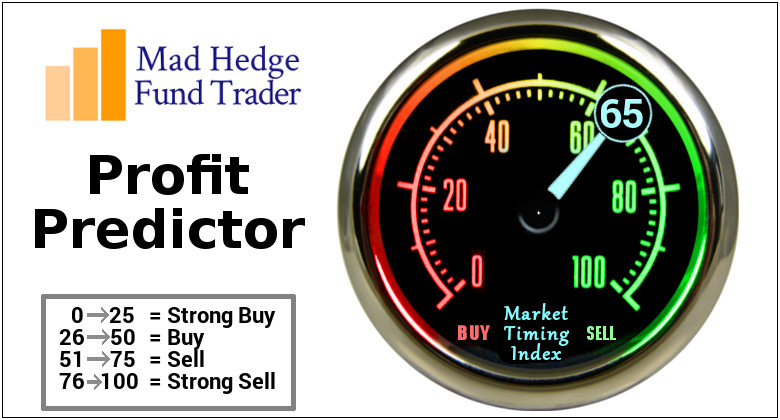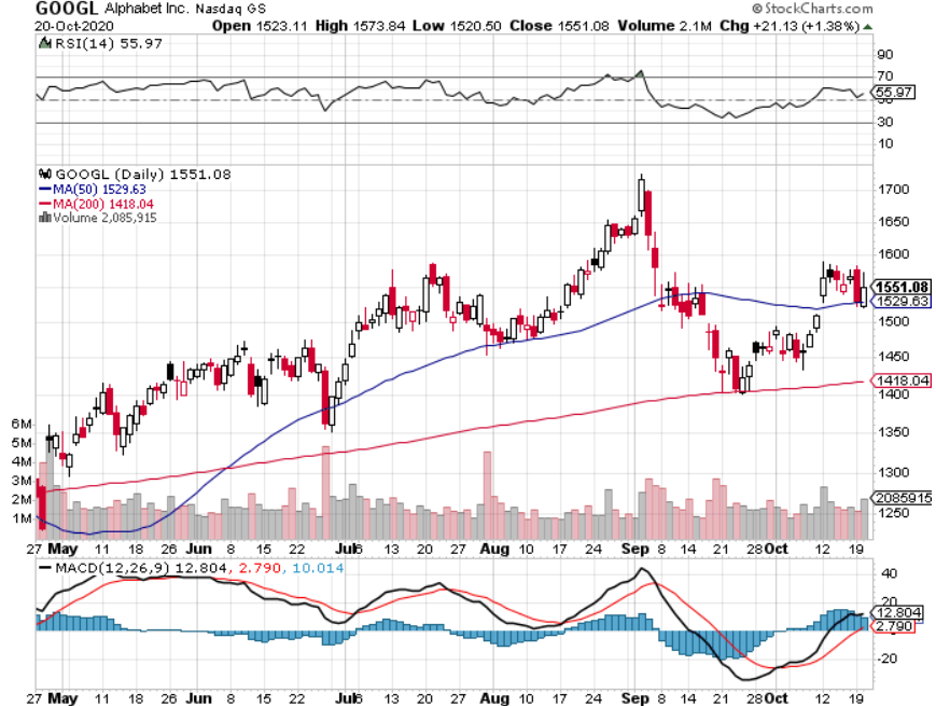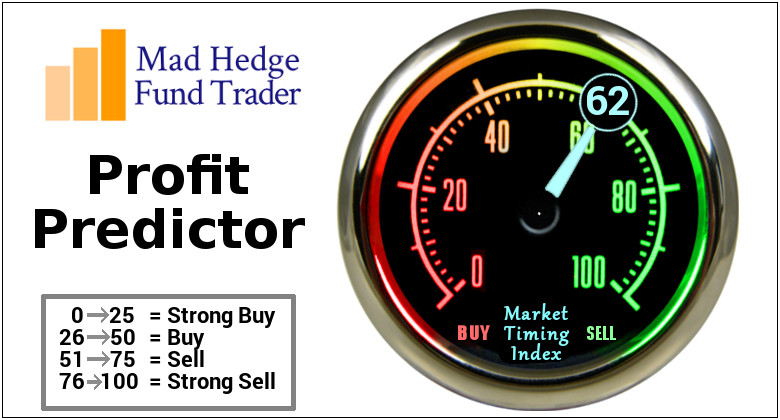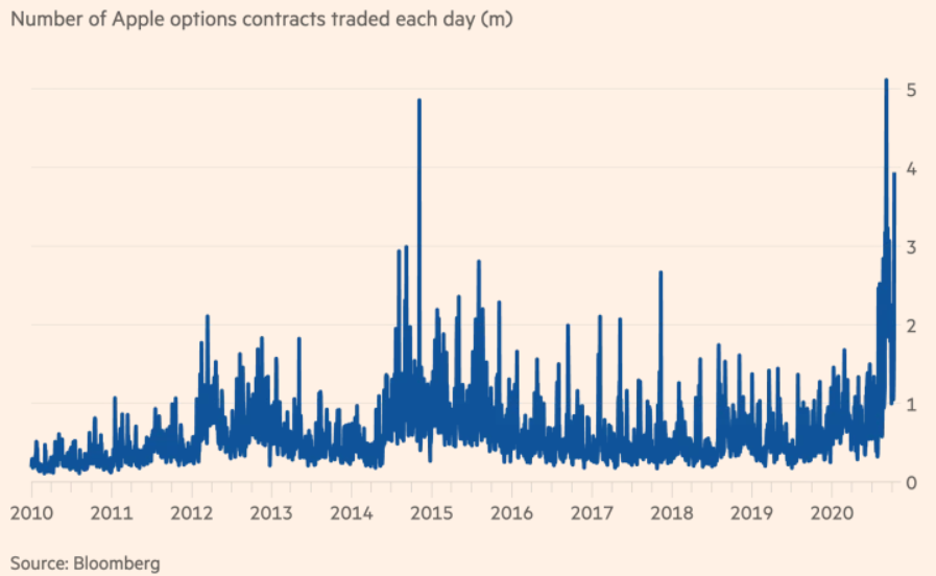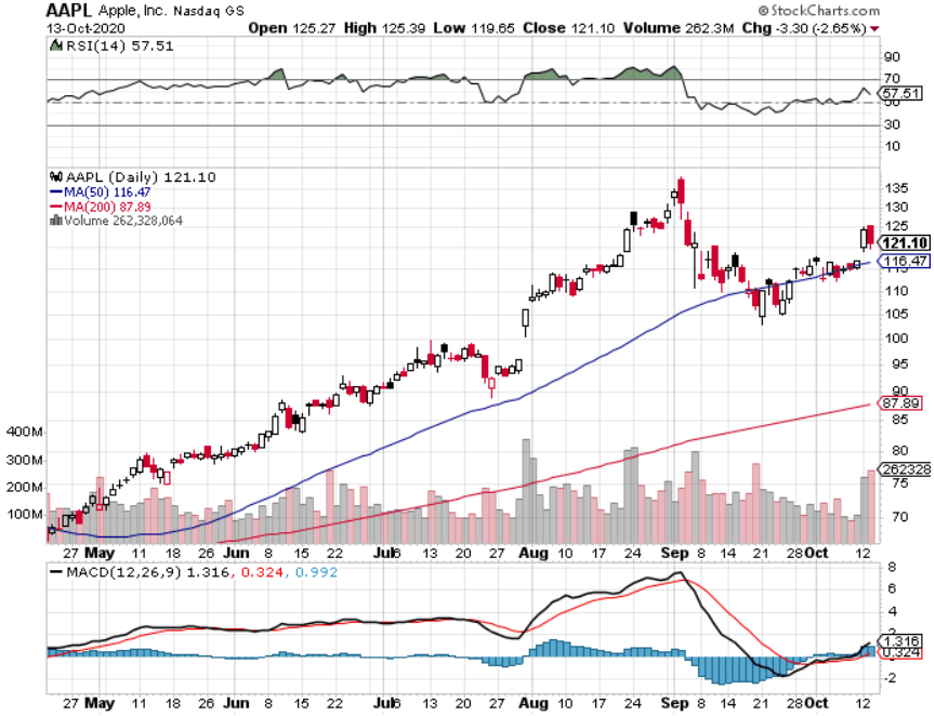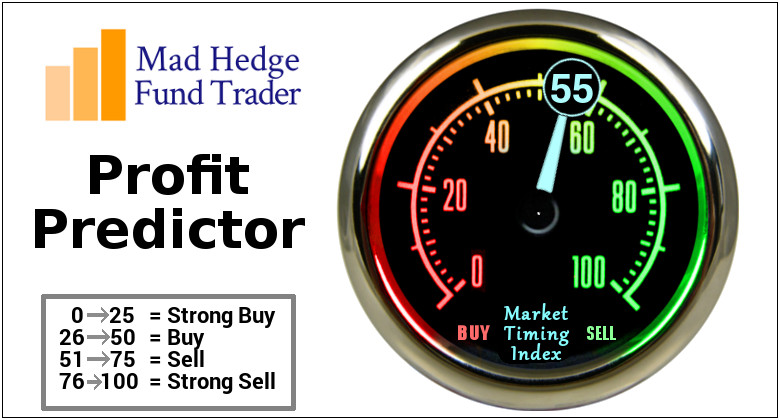It’s been a helter-skelter year for tech investors and The Trade Desk (TTD) is one of those examples of a company whose fortunes have gone from rags to riches.
The spring started off with unrelentless economic pressure forcing companies to slash their marketing budgets to preserve capital.
One of the victims were digital advertisers.
The Trade Desk's shares cratered 40% but has since reversed course and is up more than 200% so far this year.
That’s not to say that in today’s digital marketing world, we have utter clarity – we don’t.
But uncertainty around the pandemic and the notion that digital marketers have seen the worst of is starting to get baked into the pie which is why we are seeing this massive share appreciation into the end of the year.
The light is starting to appear at the end of the tunnel and companies that slashed their marketing budgets or advertising budgets are starting to ramp up spending as they plan their budgets for 2021.
Through all of this, I am thoroughly impressed with the robustness of The Trade Desk's business model, evident in its third-quarter 2020 results.
While most companies faced enormous headwinds, The Trade Desk reported record revenue of $216 million, up 32% from last year.
Net income more than doubled to $41 million thanks to the company's revenue growth and operating leverage.
This demonstrates the nimbleness of the business, which continued to profit during a once in a 100-year recession.
Consensus was expecting $181 million, and overdelivering by these wide margins is one of the catalysts shepherding the incremental investor into The Trade Desk.
It was only in the 2nd quarter that year-over-year revenue was actually down 13% and then to go from down 13% to up 32% is quite outstanding.
Last year when the company was mushrooming, revenue was up 38% for the year pointing to more signs that the company is back to where it was pre-COVID.
That in itself is a huge victory in the digital ad world.
Breaking out some of the segments, Connected TV was one of The Trade Desk's biggest growth markets.
Connected TV revenue grew over 100% year-over-year, and that was from a strong quarter last year.
Mobile video spending grew 70%, and audio spending grew 70%.
The Trade Desk obviously has its mojo back.
The Trade Desk will go from strength to strength as the vaccine starts to roll out to parts of the developed world and consumers start to return to spending behavior that looks more pre-COVID.
Another bullish sign is that founder Jeff Green is still CEO of the company and owns more than $5 billion of The Trade Desk stock.
As an owner-operator, Jeff has the incentive, as well as the clout to lead the company toward success.
He has a stellar track record.
TTD’s revenue rose 14-fold between fiscal 2014 and fiscal 2019 and has been profitable since 2013 all while many “growth” companies have been burning cash.
TTD is well-positioned to improve on its growth on the back of two major secular trends: the continued migration toward digital advertising and the transition to programmatic advertising.
Data suggests it owns around 1% of the total global ad market - the total addressable market stands at $725 billion.
Clearly, the runway for a company like this is long if they can execute which they have shown consistently is the case.
Compare this with Google (GOOLG), a firm that has mature businesses that rely on ad revenues, and they have had an interesting year enduring some of the elements like TTD because it's a sudden major recession out of the blue.
Companies have used the opportunity to cut their ad spend and rightly so because that’s what happens in recessions, but the interesting fact about TTD is that the TTD is in the sweet spot for where ad money is going to go.
It's throwing the ball to where the wide receiver will get open in the back of the endzone and that's a game-changing takeaway about this company.
In terms of recent cash spend in the U.S., around $600 million to $700 million of the $1 billion that's been spent on this presidential election for advertising goes to TV. It goes to TV ad spending, and that's fourth-quarter ad spend, not third-quarter. Most of that money has been spent in October, and not only that, that big chunk of ad spend goes into just one week.
There is no doubt in my mind that a significant chunk of that flowed through to TTD.
When you think about programmatic advertising next year that goes on TVs, even smart TVs, we have got the Summer Olympics in Japan along with the European soccer tournament that starts in June 2021.
This means huge revenue bumps as big events bring in many unique opportunities.
These are just some of the whispers going on in the industry and I also believe that 2021 will be a year to remember for the digital ad companies.
Remember that consumers are spending, but not on travel, people aren't flying to Bali or Phuket, but they are consuming content online.
I can truly say that the Trade Desk isn’t just a flash in the pan company and that long term, the prospects are incredibly positive for this company, and obviously, that is starting to reflect in a quickly appreciating stock.

